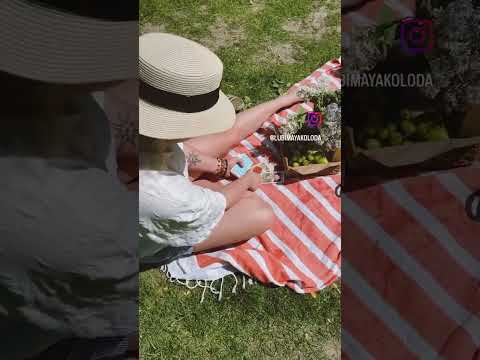## The Enigmatic World of Tarot: Insights, Aesthetics, and Modern Readings
In recent years, the ancient practice of tarot reading has experienced a remarkable resurgence, transforming it into a vital part of contemporary spiritual and aesthetic lifestyles. Once largely confined to secretive circles or carnival sideshows, tarot has now found a widespread audience on social media platforms where hashtags like #tarot, #tarotcards, #aesthetic, and #tarotreading punctuate countless posts. This revival is not just about fortune-telling but is deeply woven with personal growth, psychological insight, and a community that appreciates the rich symbolism embedded in the cards.
### The Origins and Evolution of Tarot
Tarot cards first appeared in mid-15th century Europe as playing cards. It wasn’t until the late 18th century that they began to be used for divination purposes. The traditional tarot deck consists of 78 cards split into two groups: the Major Arcana and Minor Arcana. The Major Arcana features 22 cards each with its own name (like The Fool, The Lovers, Death), representing significant life events or stages. The Minor Arcana consists of 56 cards divided into four suits (Cups, Wands, Swords, Pentacles), reflecting more everyday aspects of life.
### Tarot Reading as an Art Form
A key to understanding tarot’s appeal is its profound aesthetic element. Each deck is a miniature gallery of artwork encapsulating a wide range of artistic styles from medieval to modernist, gothic to whimsical. Artists pour their creative visions into designing decks that not only aim to be visually arresting but also resonate with symbolic depth. This has given rise to a vibrant market for tarot decks with themes that can vary from classical mythology to pop culture icons.
The process of reading tarot cards is equally an art form involving intuition and interpretation. A reader uses the imagery and symbolism on the cards drawn to weave together a narrative that can offer insights into complex life situations or interior dilemmas. This storytelling aspect adds a deeply personal layer to each session making every reading unique.
### Modern-Day Tarot and Its Community
Today’s tarot community thrives on social media where readers share their interpretations and bond over card spreads that are as beautiful visually as they are meaningful. Instagram and YouTube are especially popular platforms for this; beautifully staged photos of aesthetically pleasing card spreads attract thousands of likes while detailed explanatory videos help demystify the practice for newcomers.
The hashtag #tarotaesthetic captures this trend perfectly showcasing how tarot reading blends mystical practice with visual beauty creating not just spiritual but also sensory experiences. It’s also led to innovative forms like digital tarots apps ensuring that the art evolves continuously through modern technology.
### Psychological Aspect & Personal Growth
Increasingly practitioners view taro readings through the lens of psychology rather than mysticism alone recognizing it as a tool for reflection much like journaling or meditation. For many users focusing on symbols found in Tarots like ‘The Tower’ for drastic change or ‘The Hermit’ for introspection provides them insight into their personal lives helping them navigate through various emotions and challenges.
Moreover many find solace in rituals involved in shuffling cutting decks which can serve as calming practices facilitating mindfulness during stressful times.
### Conclusion
Whether seen through spiritual historical aesthetic lenses it’s clear why interest in taro remains high even centuries after its inception – it offers richness complexity rarely matched other mediums while catering diverse interests real-world applications psychological insights communal exchange aesthetics beauty self-care practices all intertwined under vast expansive umbrella often explored via simple hashtag search online.
Cómo Elegir la Tirada de Cartas Más Adecuada para Diferentes Situaciones en Tarot
